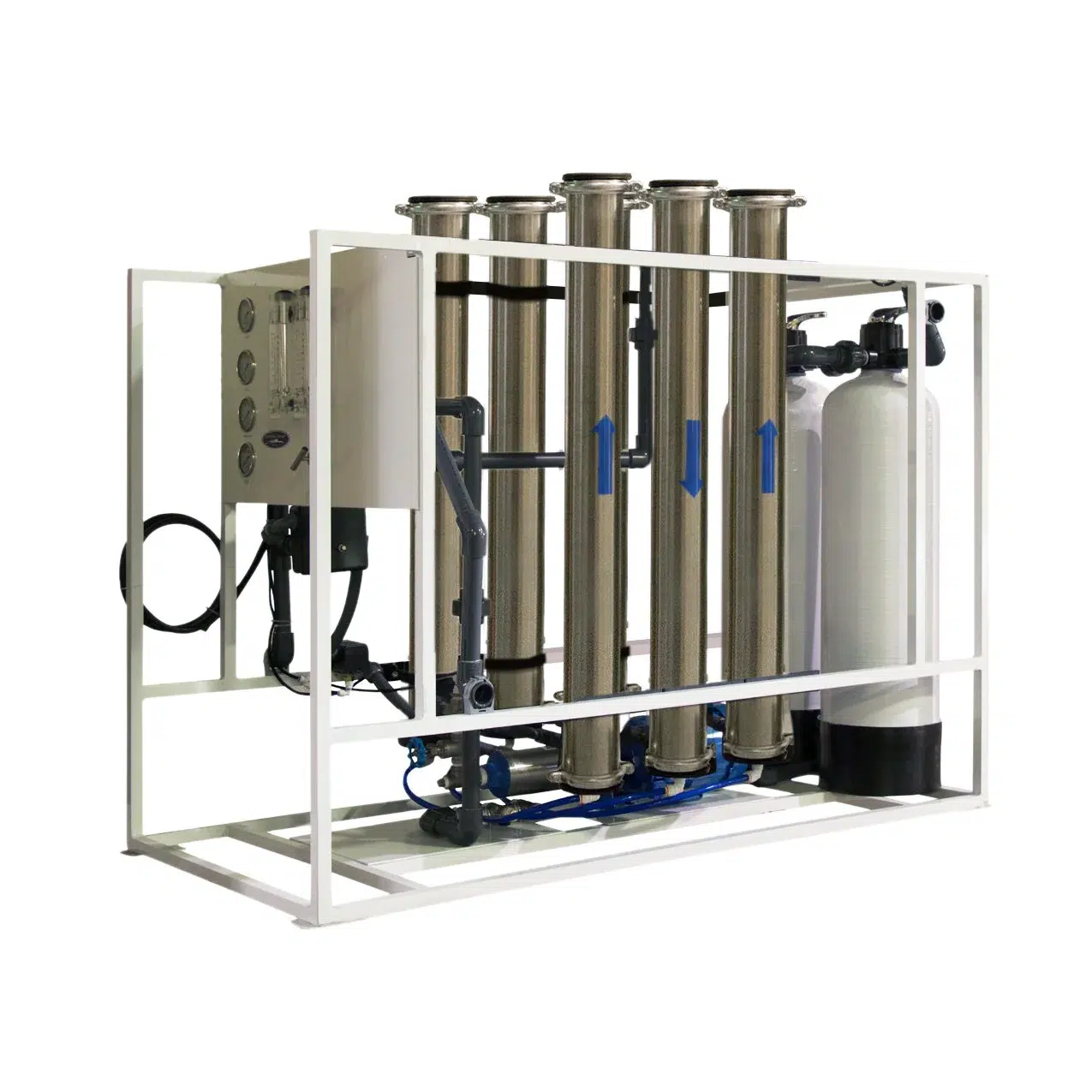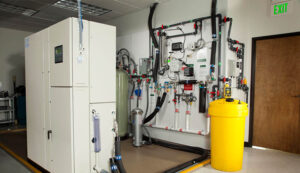Generally speaking, not all of us have access to clean water, which is necessary for our health and well-being. Since so many of us use tap water, it may contain chemicals, heavy metals, and other pollutants. Consider purchasing a reverse osmosis water treatment system to guarantee pure and secure water. In-depth information about reverse osmosis water treatment systems will be provided in this blog, including how they operate, a list of their parts, benefits, drawbacks, etc.
How Reverse Osmosis Works
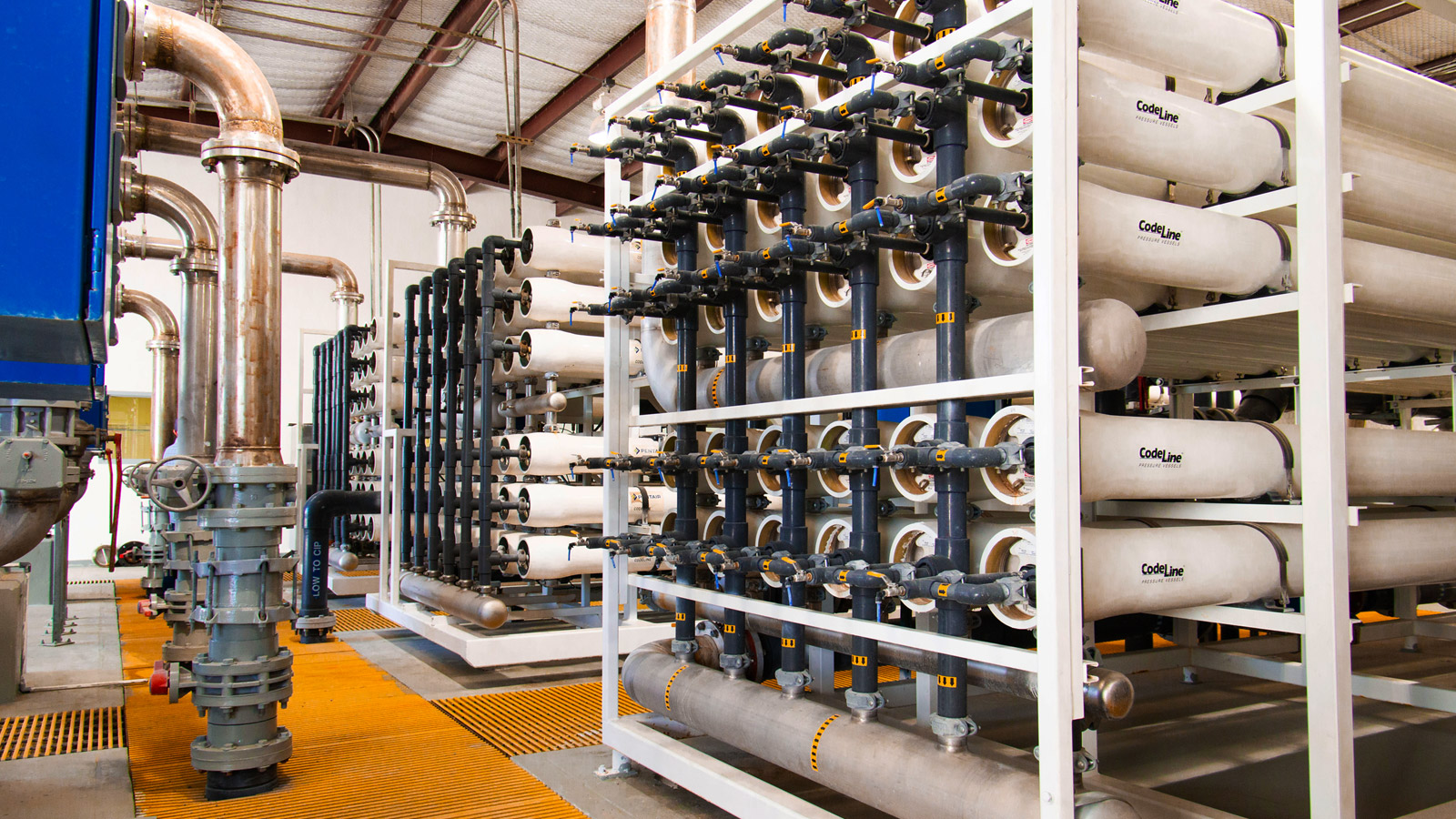
We must first comprehend osmosis to understand how reverse osmosis water treatment systems function. Osmosis is the process by which water is transported over a semi-permeable membrane from an area with a low concentration of solutes (dissolved particles) to one with a high concentration of solutes. In reverse osmosis, the opposite happens. Contaminants are left behind as the water is driven through the membrane against the concentration gradient.
Multiple stages of filtration, including a pre-filter, are used in reverse osmosis water treatment systems. A storage tank, a reverse osmosis membrane to remove dissolved solids, a post-filter to remove still pollutants, and a faucet to release the purified water.
Advantages of Reverse Osmosis Water Treatment Systems
Reverse osmosis water treatment systems create water that is free of impurities and has better taste and quality, one of their main advantages. Lead, chlorine, and fluoride contaminants, which can alter the flavor and odor of water, are eliminated through reverse osmosis. Additionally, it eliminates hazardous pollutants like viruses, germs, and other things that can make you sick.
Additionally, affordable and environmentally beneficial reverse osmosis water treatment systems. Bottled water has a high cost and produces trash made of plastic. On the other hand, reverse osmosis systems generate clean water at a fraction of the price and with no adverse effects on the environment.
Disadvantages of Reverse Osmosis Water Treatment Systems
Reverse osmosis water treatment systems have many advantages, but they also have significant disadvantages. The process’s biggest drawback is the water waste it causes. Several gallons are lost for every gallon of filtered water produced. Selecting a system that recovers more water than it damages, or has a high recovery rate, can be lessened.
Reverse osmosis also eliminates healthy minerals from water in addition to impurities, which is another disadvantage. Remineralization filters, which enrich the water with minerals, can help. Finally, reverse osmosis water treatment systems need to be maintained, which includes routine filter replacement and system cleaning.
Installation and Maintenance of Reverse Osmosis Water Treatment Systems
A professional or a do-it-yourselfer can install a reverse osmosis water treatment system. Installing the system yourself might save money if you’re handy and familiar with plumbing. If you’re unsure of your skills, hiring an expert is advisable.
Periodic filter changes and system cleaning are part of the reverse osmosis water treatment system maintenance requirements. Filters should be changed every 6 to 12 months, depending on usage and water quality. The design must be cleaned and sterilized yearly to maintain effectiveness and stop bacterial growth.
Buying Guide for Reverse Osmosis Water Treatment Systems
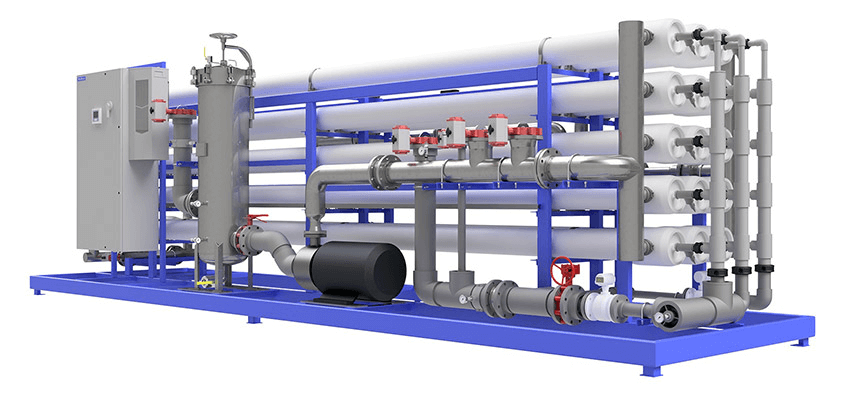
A reverse osmosis water treatment system’s capacity, efficiency, certification, testing, and price should all be considered. The system’s capacity is the maximum amount of water it can produce daily. Efficiency is the ratio of the water the system recovers to the amount of waste or the recovery rate. Certification and testing guarantee that the design complies with industry requirements and eliminates impurities successfully. Cost is another consideration because costs can significantly be based on the brand and features.
Other factors to consider when buying a reverse osmosis water treatment system include the following:
- The number of filtration stages:
Reverse osmosis water treatment systems use multiple filtration stages to remove impurities. The more filtration stages a system has, the more thorough the purification process will be. However, systems with more filtration stages tend to be more expensive. Consider your specific needs when choosing a plan with the appropriate number of filtration stages.
- Water waste ratio:
Reverse osmosis water treatment systems typically use significant water to flush out impurities and contaminants, resulting in water waste. Look for a plan with a high recovery rate and a low water-waste ratio to minimize water usage and save money on your water bill.
- Remineralization options:
While reverse osmosis water treatment systems effectively remove impurities from water, they can also remove beneficial minerals such as calcium and magnesium. Some reverse osmosis systems offer remineralization filters or cartridges that add back these healthy minerals into the purified water, improving its taste and health benefits.
- Warranty and customer support:
Choosing a reverse osmosis water treatment system with a good warranty and customer support is essential. If something goes wrong with the design, you want to be able to get help quickly and efficiently without having to spend a lot of money. Read reviews and ask for recommendations from friends and family to ensure you select a system with reliable customer support.
Resources for Buying Reverse Osmosis Water Treatment Systems
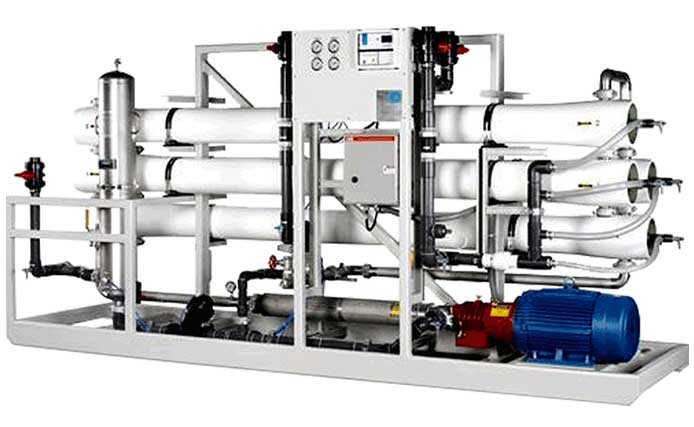
- Local Home Improvement Stores:
Reverse osmosis water treatment systems are available at many local home improvement stores; staff members can provide guidance and installation services.
- Online Retailers:
Reverse osmosis water purification systems are available from online merchants like Amazon. You may use consumer reviews and ratings to guide your choice.
- Water Treatment Specialists:
Water treatment experts can aid with installation and maintenance and recommend the best reverse osmosis system for your water quality needs.
- Manufacturer Websites:
The features and specs of each design are detailed on the website of a reliable manufacturer of reverse osmosis systems. These can be helpful resources for learning more about the various possibilities available.
- Referral from Friends and Family:
Ask someone with a reverse osmosis water purification system for a suggestion and their experience using it.
Conclusion
Reverse osmosis water treatment systems are a cost-effective and efficient approach to guarantee the purity and safety of your drinking water. While there are certain downsides to consider, such as water waste and mineral removal, these may be reduced with the correct system and upkeep. Consider characteristics like remineralization filters, capacity, and efficiency when selecting a reverse osmosis water treatment system. With the right system, you may have clean, delicious water and peace of mind knowing that you and your family drink pure water.

